
-




-



The final part of the contest took place in the Mediterranean waters off of Greece’s city of Kalamata, bringing together teams from around the world that had tackled their own technical challenges to venture to unexplored areas of the ocean floor. Team KUROSHIO not only had to face rough winter seas and rapidly changing weather conditions, but also the added difficulties of transporting all of their equipment from their R&D base in Japan and setting up operations in a foreign land—all while conforming to competition rules. Nonetheless, the team persevered and cleared the challenges, bringing their three-year journey to a close.

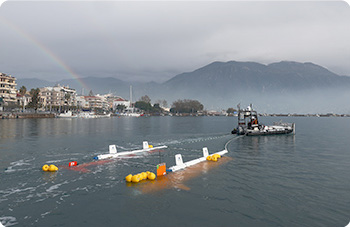
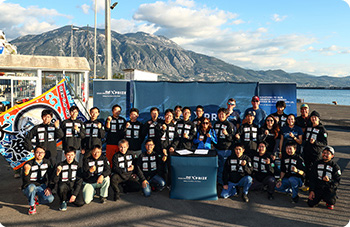
-



As with Round 1, the waters for Round 2 had not been announced, so Team KUROSHIO again conducted various tests in anticipation of the conditions or situations that they might face in trying to achieve the contest’s objective. Various tests were also conducted both in the lab workshop and in nearby waters in Japan for the new AUV that was built in record time.
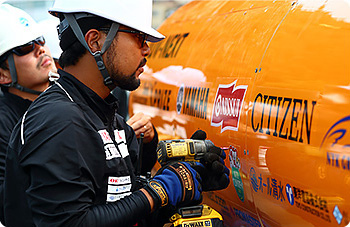
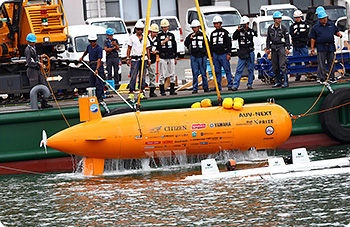
-




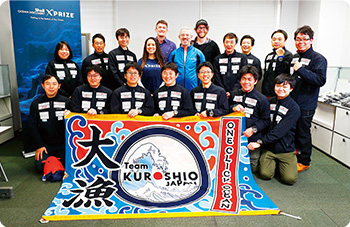
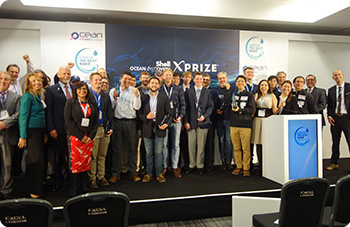
-



By August 2017, Round 1 of the contest was still scheduled to be held in waters off Puerto Rico, but the impact of two devastating hurricanes in September meant plans had to be changed. Instead, XPRIZE judges were sent to each team’s home base to evaluate 11 aspects of their technological capabilities that would be required for high-speed, wide-area mapping of the ocean floor. For Team KUROSHIO, the tests were conducted over three days at the Institute of Industrial Science (IIS), The University of Tokyo in Meguro, Tokyo.

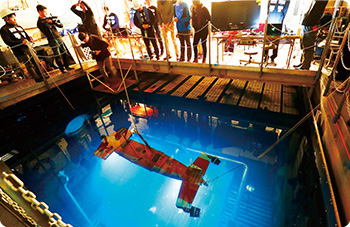
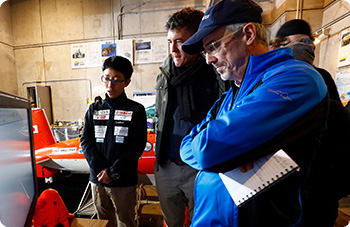
-



At this point, the waters where Round 1 would be held had not been announced, so strategic plans were drawn up for conditions or situations that might arise in trying to achieve the contest’s objective. Based on these plans, field tests were conducted in the waters of Suruga Bay in Shizuoka Prefecture.
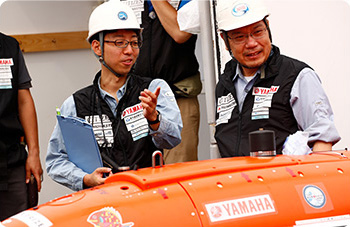
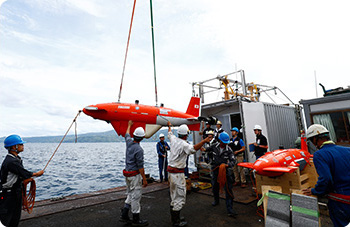
-



Team KUROSHIO publicly announced its participation in the competition. Young researchers and engineers from eight partner companies and organizations would compete in the unprecedented competition to map the seafloor solely by unmanned robotic craft.
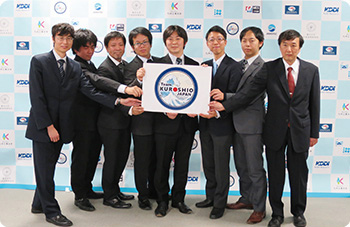
-



-




-



-



Four young researchers came together to found and jointly lead Team KUROSHIO, aiming to open the door to a faster, easier way for any marine researcher or engineer to obtain data from the seafloor—a “One-Click Ocean.” Named after the Kuroshio Current, one of the world’s main warm ocean currents that flows past the Japanese archipelago, the team brought together people from eight partner companies and organizations to take on the Shell Ocean Discovery XPRIZE with a vision of triggering a new shift in marine exploration from Japan.
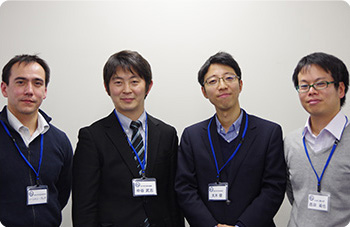
-











